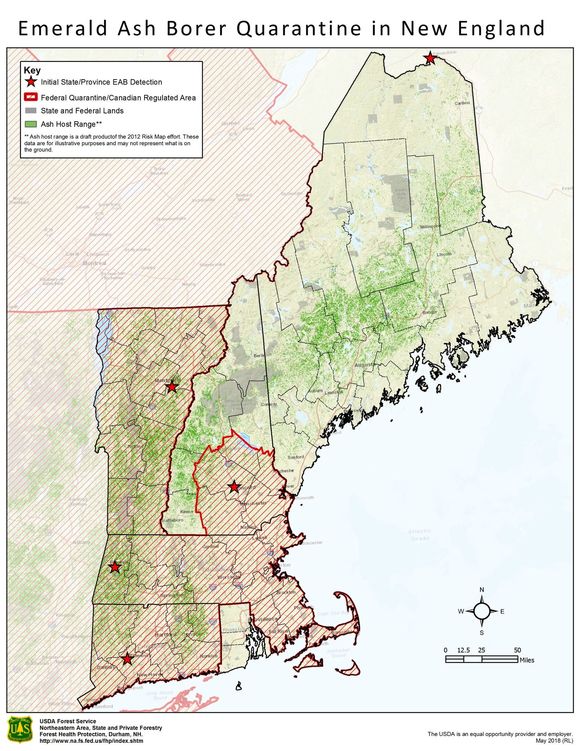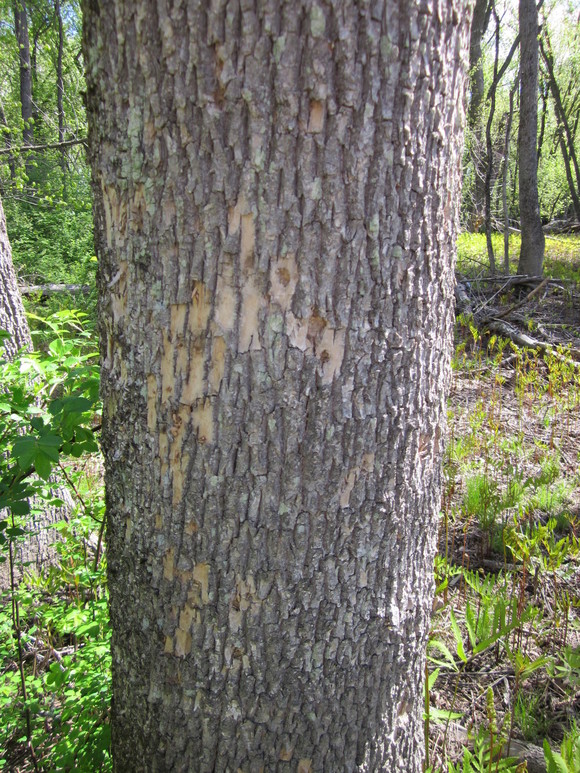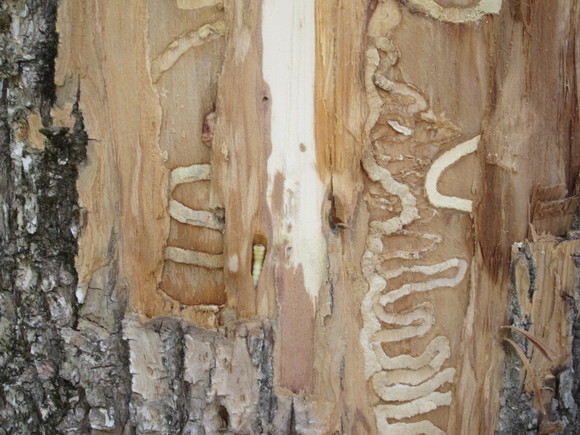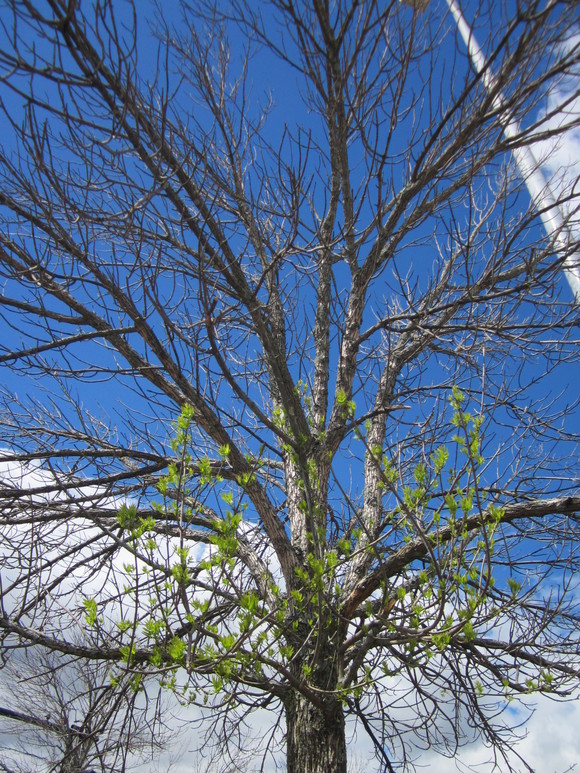|
AUGUSTA—This week, Maine celebrates Arbor Week. Trees and forests contribute in many ways to communities throughout Maine. During Arbor Week,
the Maine Department of Agriculture, Conservation and
Forestry encourages residents to take time out for trees. In particular, take
some time to look at ash trees for signs of the destructive emerald ash borer.
The
emerald ash borer has not yet been found in Maine. However, the department’s
experts continue to look for it and prepare for its eventual
arrival in Maine. Given the need to be
watchful, emerald ash borer detection activities have begun in locations
previously reviewed and new locations. The most
recent detection of emerald ash borer, in Edmundston, New Brunswick—directly
across the St. John River from Madawaska—is in a place that is closer to Maine than any previous detections have identified.
Canadian government officials and cooperators are currently working
to understand the extent of the infestation in Edmundston. The Maine DACF is assembling a multiagency team to survey for emerald ash
borer on the Maine side of the border.
However,
individual Mainers and visitors play a critical role
in locating infestations of this and other destructive forest insects.
“Our department uses windshield surveys, traps, girdled ash trees
and biosurveillance with a native wasp to look for emerald ash borer,” Maine
State Horticulturalist Gary Fish explained. “Even with all
these monitoring programs, we still rely on a concerned, aware public to cover the
ground our monitoring efforts cannot reach.”
Take some time this Arbor Week to learn more about the emerald ash borer and commit to looking for signs of infestation. The brilliant green adult beetles won’t be out and about
in Maine this time of year, but there are clues that can be recognized. Visit www.maine.gov/eab
to learn more and to report suspected attacks.
“Emerald ash borer is a grave threat to ash trees across the
continent and in Maine,” Fish said. “Our ash trees appear to have little native
resistance, and the borer kills trees very quickly. This is why we need to know
if the borer is here.”
Fish explained that if found early, unintentional spread of
emerald ash borer by people can be tamped down, and natural spread of the
insect can be manipulated. “We can’t stop emerald ash borer in its tracks, but
if we know where it is, we can slow it down,” Fish said. “We’re buying
time so research efforts to manage this pest can bear fruit.”
The emerald ash borer is native to Asia and probably hitched a
ride to
North America on crates, pallets or other solid-wood packing material. Its rapid spread since has been
attributed to movement of infested firewood. An emerald ash borer can move only
about a half a mile a year on its own, but can move hundreds of miles in a
single day within a piece of infested firewood.
Emerald ash borer is not the only threat to our forests that can
move in the seemingly benign firewood brought to camp. Numerous other insects
and diseases can also hitchhike in firewood. Spread the word: use local
firewood. If you have friends or family planning to visit Maine, make sure they are aware of the state and federal
rules that ban movement of untreated firewood (www.maine.gov/firewood).
Sources of treated or local firewood can be found online at firewood
scout http://firewoodscout.org/s/ME/.
For More Information Contact:
 Emerald Ash Borer Quarantine in New England
 Damage to ash related to woodpecker feeding activity. Photo taken in New Hampshire May 2017.
 Larva of emerald ash borer and tunnels created under the bark by feeding larvae. Photo taken in New Hampshire May 2017.
 Crown dieback and abnormal shoots typical of ash tree severely damaged by emerald ash borer. Photo taken in May 2017 in New Hampshire.
|